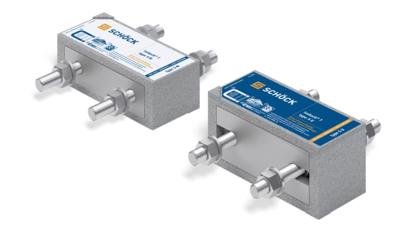UMASS Life Science Laboratory Optimized for Thermal Performance








When the University of Massachusetts at Amherst broke ground for its new Life Science Laboratories (LSL) in the summer of 2010, it launched the construction of a $156.5 million facility. Incorporating sustainable design into the 310,000 square foot Phase 1 facility was key to the building's creation. As a result, the LSL includes a variety of systems that will qualify it for LEED Silver certification – perhaps even LEED Gold.
One system is the innovative, Schöck Isokorb® T type S (for steel-to-steel connections), a load-bearing and thermal insulating connection. To meet the project's energy efficiency goals, Isokorb® T elements were installed at structural steel beam connections, supporting the glazed canopy covering the 310-foot walkway along the building's facade.
Isokorb® T provides a structural thermal break connection at the canopy which helps retain energy in the building while also preventing condensation, and mold which could cause damage to the interior finishes. The architectural team performed energy modeling on the project and are "expect to save $300,000 annually in energy costs, which Isokorb® T is contributing substantially to this savings," according to architect Kevin Triplett, of Wilson Architects.
In addition to Isokorb® T, other energy efficient elements in the building include a heat recovery plant, continuous air monitoring, radiant floor heating, and energy metering systems.
2010
Wilson Architects
Lim Consultants
Whiting-Turner
After reviewing energy modeling reports for the project, the design team realized a savings of $300,000 annually with the implementation of energy efficient elements, which included Isokorb® type S thermal breaks for the canopy connection.


